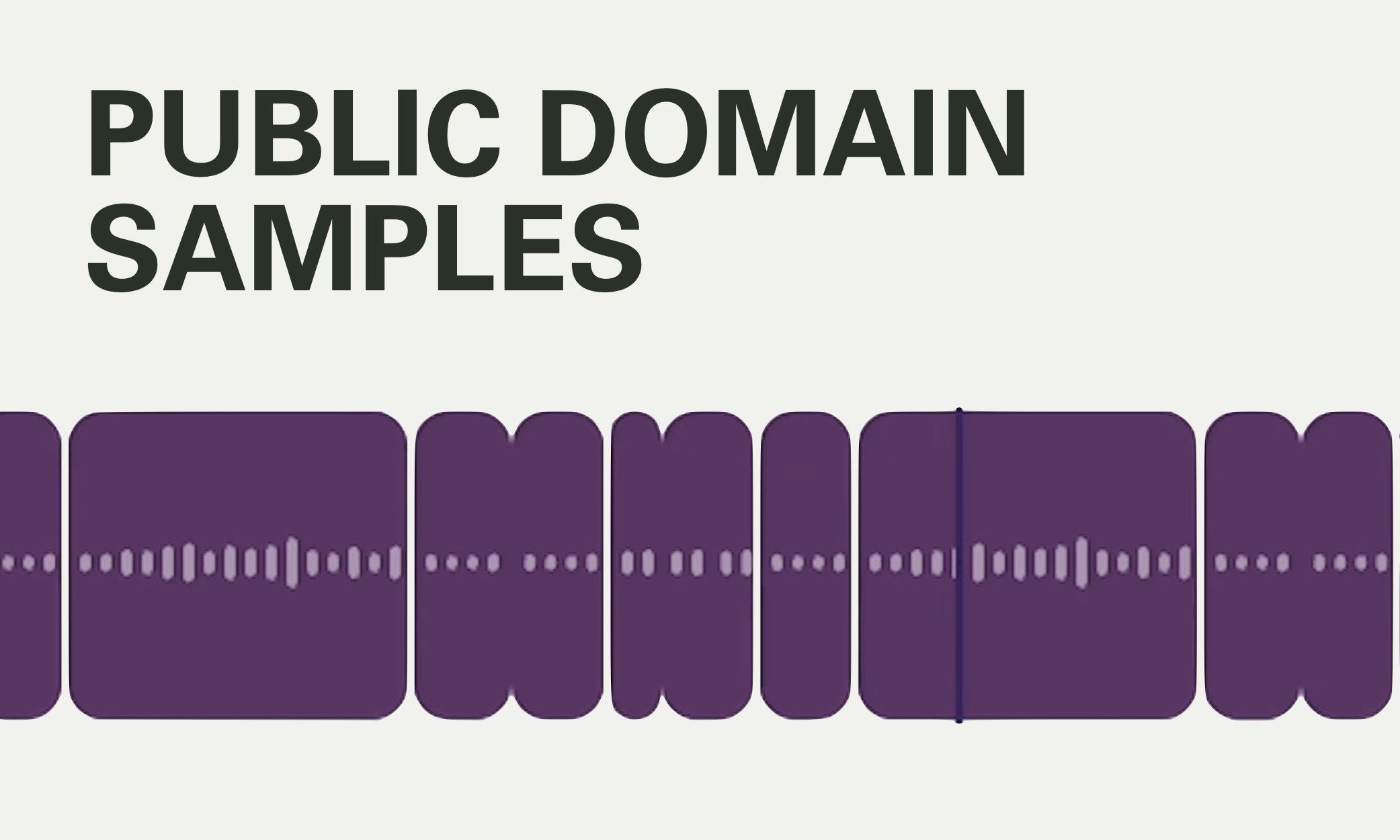Chord Progression Writing
Chord Progression Writing
A chord progression is the sequence of chords in a song or song section. Knowing how chord progressions work within a key makes it easier to write original music and to play/memorize the chords from other songs.
Learn how to write your own progressions using a piano keyboard or the progression planner Soundtrap file.
Chord Numbers
Diatonic Chords
The qualities of chords and their locations in a major scale are the same in every key. To show the location and the qualities of chords Roman Numerals are used; major chords are capital, minor chords are lower case, and diminished chords are lower case with a degree symbol. The I IV and V chords are major, the ii iii and vi chords are minor, and the vii chord is diminished in every key. See the chords and their numbers for every key with This Chart →
Looking at some progressions
Pop songs use chord progressions that repeat every four to eight measures. Some songs have a different progression in each section (verse, chorus, bridge) and some songs use the same progression for the whole tune. The placement of the chords in musical time is the harmonic rhythm. Learn more about Harmonic Rhythm Here →
Check out the progressions used in some pop songs on the Pop Progression Page →
The Rules
Chord progression writing
The chord progression chart gives suggestions for which chords sound best next to each other. There are chords that sound more stable than others in a progression. Use these chords at the beginning or end of a progression makes it sound settled. Make the progression sound more ambiguous by using more unstable chords.
Parallel Movement: Chords that are next to each other in the diatonic scale. Chords in parallel can go up or down, creating a sense of movement.
This progression uses parallel movement.
ii / / / | iii / / / | IV / / / | / / / / |
Circle Progression: Chords that move through the circle have a strong pull towards each other. Use some of these movements in a progression to add predictability to the sequence. The full circle progression is
iii - vi - ii - V - I - IV
This progression uses circle movement.
ii / V / | I / vi / |
This predictability can be countered with other types of motion to deceive the listener’s expectations.
Check out the deception in this progression.
ii / V / | vi / / / |
Progression Planner
Progression Planner
Use the MIDI regions in the progression planner to write your own chord progressions. Create different vibes by changing the order of the chords in the phrase. Here are some tips and tricks to using the planner to write a progression.
Chords can be repeated in a progression.
The harmonic rhythm can be altered by changing the length of the MIDI region.
Change the speed of the progression by entering a different tempo with the BPM tool.
The key can be changed by highlighting all of the regions and moving the pitch by the same number of half steps.
Cataloging
Chord Progression Organizer
Once you find a progression you like, you can write it down in a Chord Progression Organizer →
Alternatively, you can keep a journal of chord progression and harmonic rhythms. It is easy to write progressions out with Roman Numerals and slashes.
Here’s an example
iii / / / | vi / / / | ii / / / | IV / / / |
Using Chord Progressions
Take chord progressions that you have written and put them in original songs. Learn the sounds of different chord progressions and find them in the music that you listen to. Try to learn a song by playing a chordal instrument while listening to it. Figure out the key and the numbers. Play music with other people by calling out chord numbers in different keys. Playing tunes this way will make it easy to learn songs quickly.
Listen
Ear Training
Use the chord progression flashcards to hone your ability to hear different chord progressions. Try figuring out the chord progressions in the music that you listen to. The more you practice hearing the changes, the better you will get.





